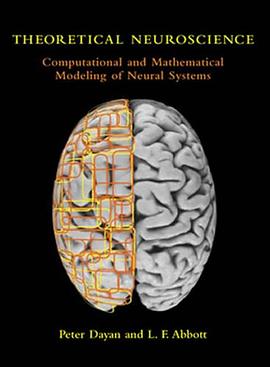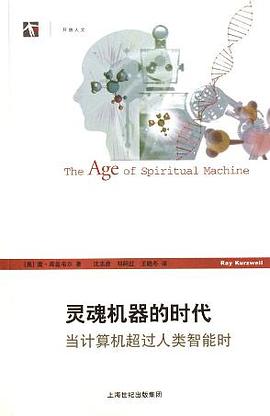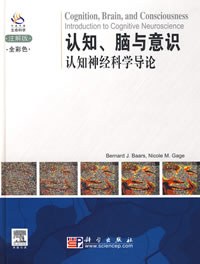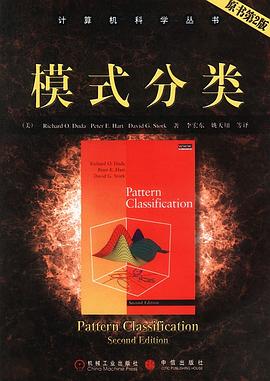

具體描述
Theoretical neuroscience provides a quantitative basis for describing what nervous systems do, determining how they function, and uncovering the general principles by which they operate. This text introduces the basic mathematical and computational methods of theoretical neuroscience and presents applications in a variety of areas including vision, sensory-motor integration, development, learning, and memory.The book is divided into three parts. Part I discusses the relationship between sensory stimuli and neural responses, focusing on the representation of information by the spiking activity of neurons. Part II discusses the modeling of neurons and neural circuits on the basis of cellular and synaptic biophysics. Part III analyzes the role of plasticity in development and learning. An appendix covers the mathematical methods used, and exercises are available on the book's Web site.
用戶評價
##非常有趣!的確夠 Theoretical, 但是最後幾章描述過程的生理基礎我並不是非常懂。
評分##讀過/假裝讀過/反正不久後要認真讀
評分##這。。。。。
評分 評分##沒能讀完,太艱難瞭……等我長大點兒再讀吧。。。還要吐槽一點的是我在清華旁聽的用此書作課本的大神是此書作者的夫人……
評分##前輩說看書是不夠的 T.T 題也要刷的T.T = =
評分##Zhaoping Li的教材
評分##前輩說看書是不夠的 T.T 題也要刷的T.T = =
評分相關圖書
本站所有内容均为互联网搜索引擎提供的公开搜索信息,本站不存储任何数据与内容,任何内容与数据均与本站无关,如有需要请联系相关搜索引擎包括但不限于百度,google,bing,sogou 等
© 2025 book.tinynews.org All Rights Reserved. 静思书屋 版权所有




















